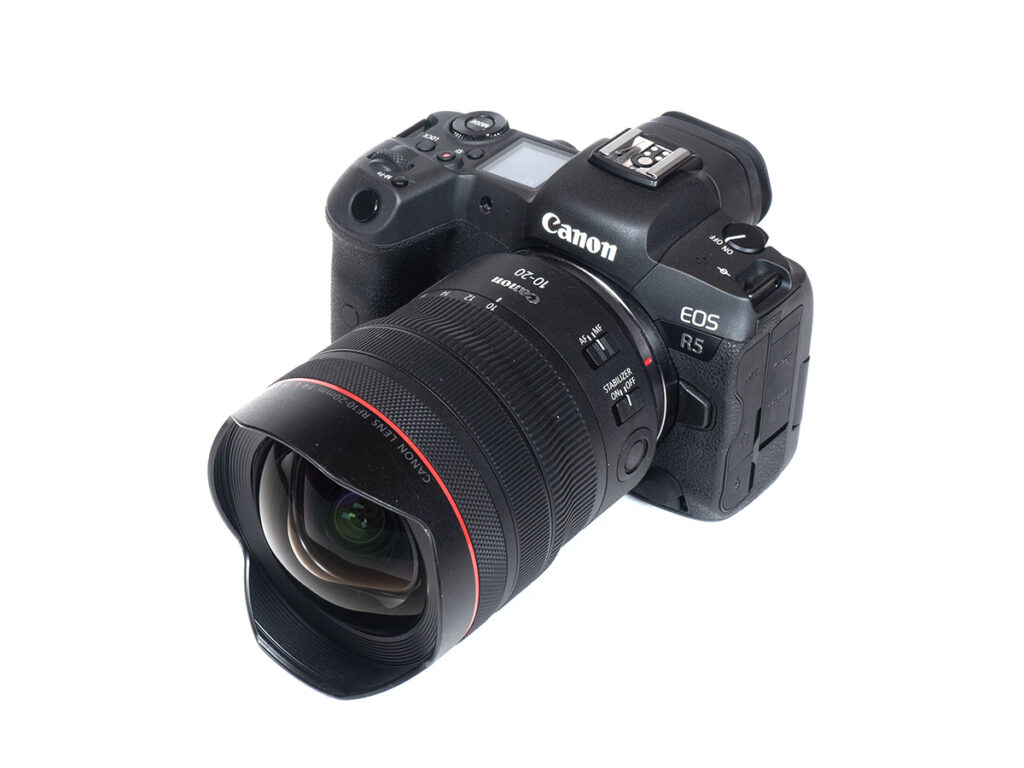Introduction
Lately, the manufacturers have started to leave the beaten path and pushed lenses with rather extreme specs in the ultra-wide segment. 14-XXmm or 16-XXmm zoom lenses have been “mainstream” for quite some time. A few 12-xx zoom lenses exist as well. However, Canon has thrown the gauntlet with its new Canon RF 10-20mm f/4 L IS STM again. And as the name implies, it’s not only about a 10mm setting – they even added an optical image stabilizer, which has been unheard of in lenses wider than 14mm so far. Obviously – and in a bit of a Canon tradition – this won’t come cheap at $2300 USD or 2700 EUR.
The 10-20mm f/4 is a comparatively compact and lightweight lens – something you may not expect given the spec. The build quality is – unsurprisingly – excellent. Canon has mostly shifted to engineered plastics for the outer shell of their RF lenses. This may not receive love from all users. However, the material feels very solid and the control rings operate smoothly. The front control ring is customizable for those who prefer having an aperture, ISO or exposure control on the lens. Needless to say, the lens is also dust- and splash-proof. Fluorine coating on the front element also helps to repel dust and water as well. The lens has a built-in lens hood which also protects the bulb-like front element to some degree. Consequently, there is no front filter thread, but there is the usual gelatin filter slot at the rear, which is common in such lenses. The hood is also responsible for maintaining a constant length throughout the zoom range. While there is an inner lens tube that moves, the front element doesn’t extend beyond the lens hood.

Some readers may raise an eyebrow because of the “STM” in the lens name. STM stands for “stepping motor” – an AF motor usually associated with budget lenses. However, the AF is fast and essentially silent, so there is nothing wrong with it, really. Manual focusing works “by-wire” as usual. The image stabilizer is specced for a gain of up to 5 f-stops – and 6 f-stops when combined with in-camera IS.
| Specifications | |
|---|---|
| Optical construction | 16 elements in 12 groups (1x SUD, 3x UD, 3x aspherical) |
| Number of aperture blades | 9 |
| min. focus distance | 0.25m (max magnification 1:12) |
| Dimensions | 83.7 x 112mm |
| Weight | 570g |
| Filter size | – |
| Hood | petal-shaped (built-in) |
| Other features | weather-sealing, image stabilizer (5 f-stops), additional control ring, fluorine coating |
Distortion
Image distortions aren’t an overly important topic anymore due to digital correction. Nonetheless, it’s still interesting to have a look behind the scenes because the correction is a lossy procedure.
In raw images, the barrel distortion is extreme at 10mm – 9.2% is just short of the record that we have seen on the RF 16mm f/2.8. This eases to 6.2% at 14mm – which is still way out there – before settling at a more sane 1.7% at 20mm.
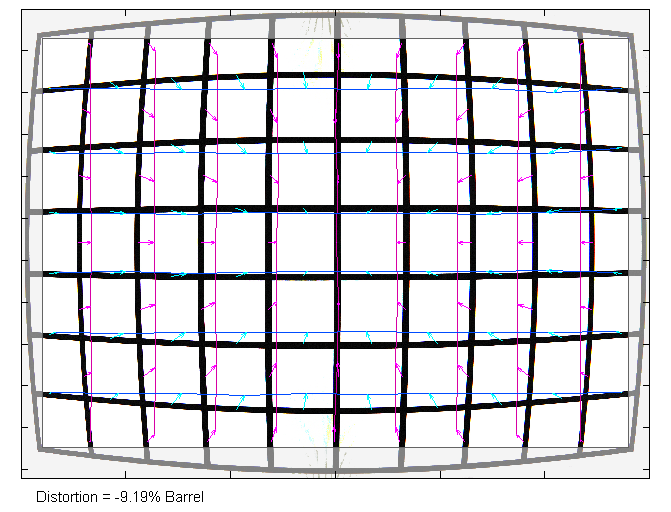
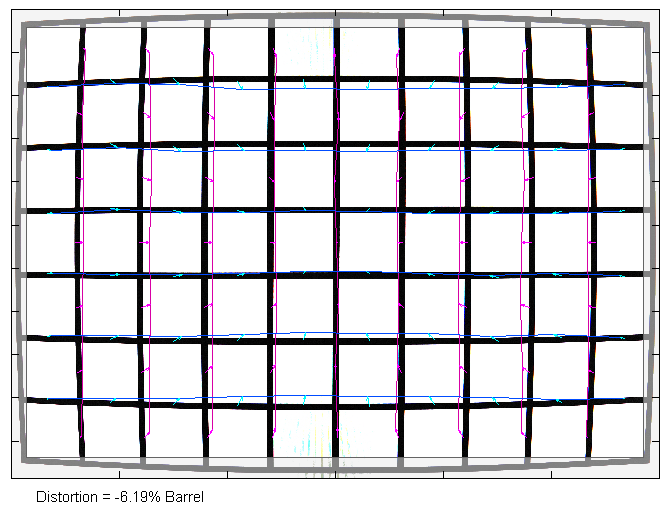

If you prefer your images to be free of distortions, you can and should rely on image auto-correction, which perfectly handles all this. Interestingly, it overshoots slightly at 10mm with a negligible pincushion distortion of 0.2%.
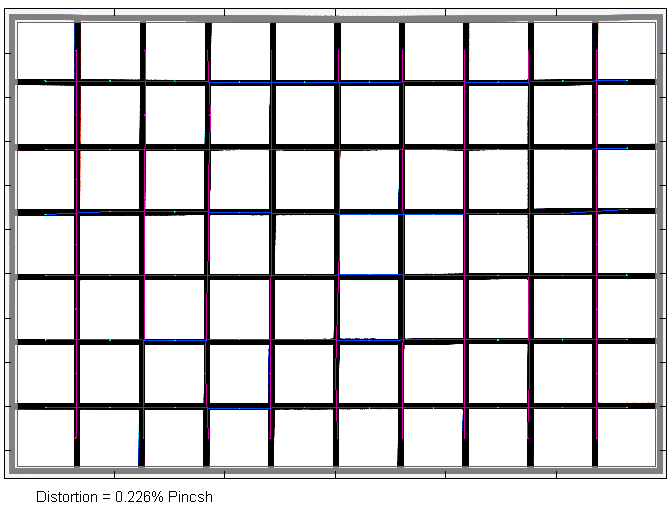

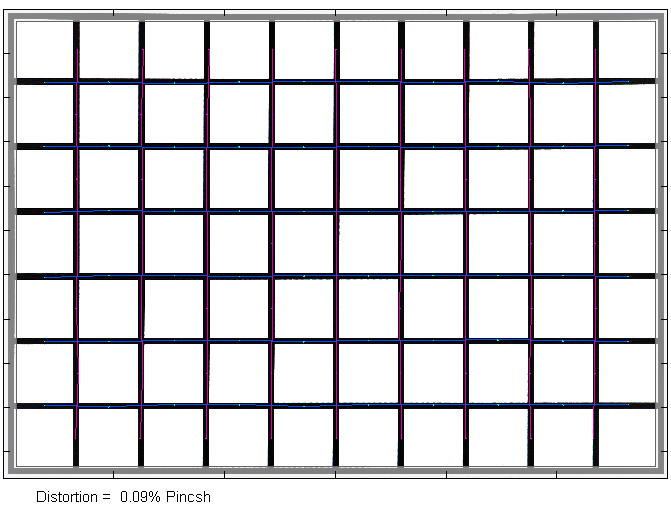
Vignetting
So, let’s repeat the same exercise regarding vignetting. With disabled distortion- and vignetting compensation, the image corners are black at 10mm. Stopping down doesn’t make a difference here really. The issue is more sane at 14mm with a heavy light falloff of 2.9 EV (f-stops) at f/4 and just a bit less so when stopping down. The 20mm setting has comparatively little vignetting, although it’ll still be obvious at f/4.
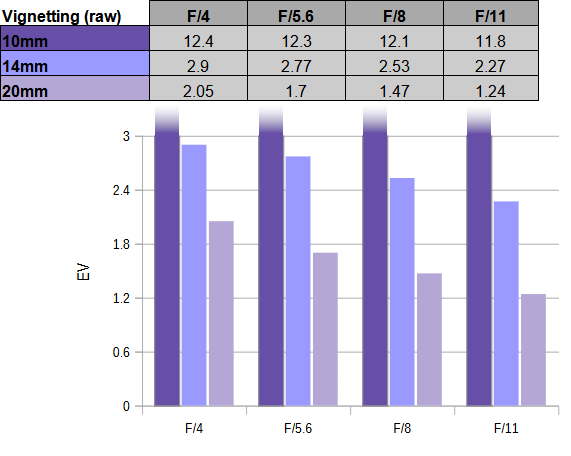
FWIW, the 12 EV (f-stop) vignetting at 10mm looks like this (Note: most of the vignetting is due to excessive image distortions):

Now, that’s the RAW vignetting, but fully activated image auto-correction comes to the rescue, of course. Canon doesn’t eliminate all vignetting but just reduces it to a more bearable level. At 10mm, there’s still some vignetting (2.1 f-stops) at f/4, but it’s well handled from f/5.6 and less of an issue at “longer” focal lengths.

MTF (resolution)
The center resolution is outstanding at f/4 across all focal lengths. and the near-center is excellent. The border quality still makes it across the very good mark. At 10mm, the extreme corners are “only” good, which is still more than just remarkable at such an extreme focal length. Another remarkable aspect is the consistently high performance at 14mm and 20mm. Very often, manufacturers sacrifice the “long end” performance for better results at the wide end, but this is not the case here. In fact, the quality is better at 14/20mm than at 10mm – also because of less field curvature. Diffraction has a higher impact from f/11 already, so it’s best to operate between f/4 and f/8 where feasible.
The centering quality of the tested sample was Okay, but always watch out for sample variations, which are very common in this lens segment.
Please note that the MTF results are not directly comparable across the different systems!
Below is a simplified summary of the formal findings. The chart shows line widths per picture height (LW/PH) which can be taken as a measure of sharpness. If you want to know more about the MTF50 figures, you may check out the corresponding Imatest Explanations.

Chromatic Aberrations (CAs)
Lateral CAs are very well controlled. They stay around the 1px mark at the image borders across the range. You may just spot this when pixel-peeping, but it’s really not an issue in real life.

Sun-Stars
Sun star lovers will like this Canon lens, as you can see below. Slight rays are already visible at f/4, progressing the more you stop down. Interestingly, the sunstars are slightly better at f/5.6 compared to f/8. For best results, stop down to f/11 or f/16 (but at f/16, images get quite soft).

Flare
Flare is always a difficult topic to discuss. We always mention that you can push all lenses beyond their limits in this respect and this also applies to the Canon lens.
The Canon RF 10-20mm f/4 L IS STM has two souls here. If you are careful, the flare effects can be quite minimal, as you can see below. There’s some color fringing around the sun but no obvious ghosting on the opposing side of the image, and there is no obvious loss of contrast.
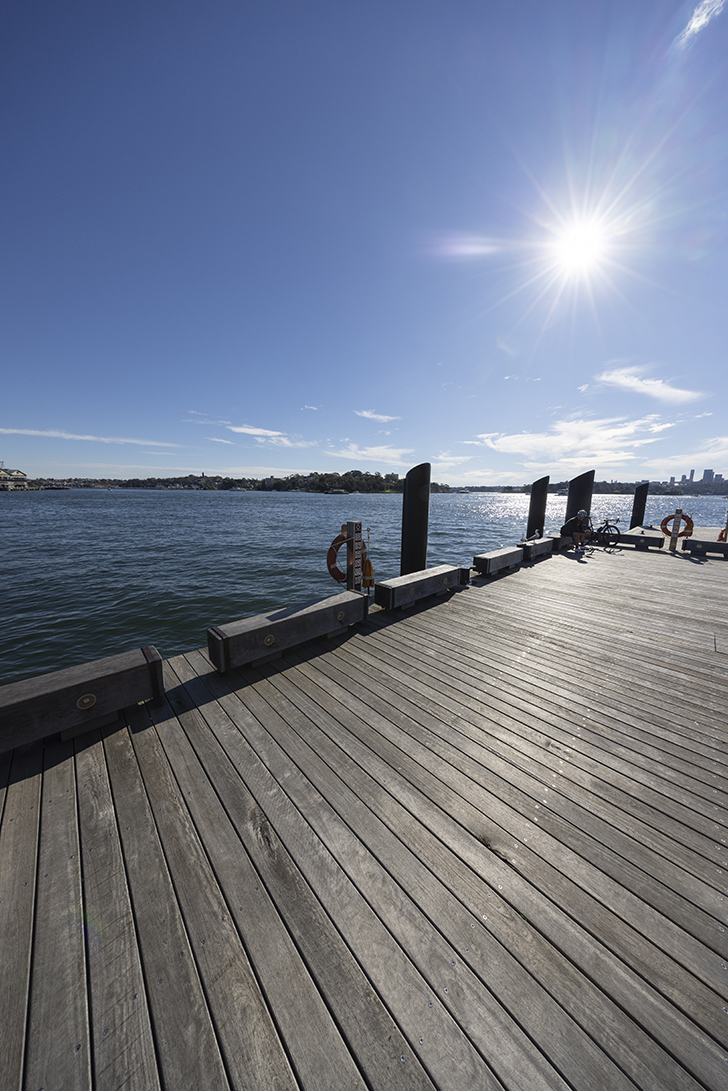
However, if you recompose to a different position, the lens can also produce very obvious color artifacts, as seen in the tree shadow below.
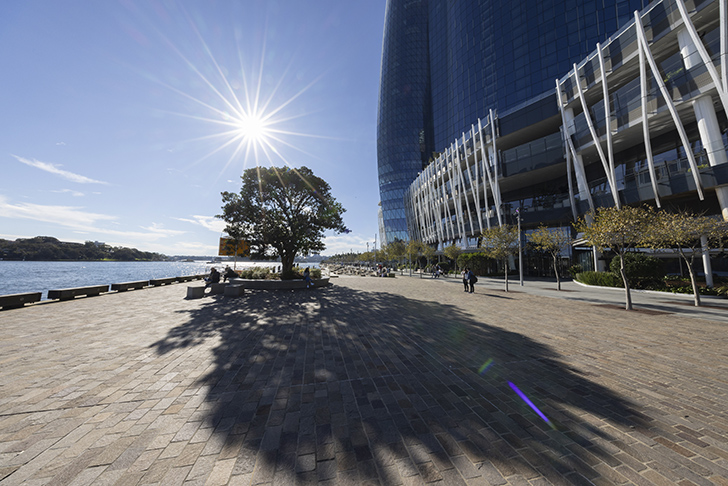
Competition
Canon being Canon means that there’s no competition with external vendors in Canon R-mount. However, even so, there are still 3 lenses to be considered in this game. The most obvious one may be the RF 14-35mm f/4 L USM IS (center below). It’s not quite as extreme, but 14mm is still dramatically wide, and it’s obviously “longer” at the other end. It also has a front filter thread, which is certainly a plus both for extra protection and creativity. Then, there’s the RF 15-35mm f/2.8 L USM IS for those who want extra speed.
Yours truly would decide between the 10-20mm and 14-35mm here. Speed won’t matter much for most users in this lens class, and the two wider options are smaller and more lightweight. The 10-20mm is probably a more natural choice when combined with a 24-70/105mm zoom lens. An overlapping range isn’t really needed.

Sample Images
It's a Canon L lens so it's no surprise that the Canon RF 10-20mm f/4 L IS STM comes with a good portion of greatness ... and a steep price tag. Its zoom range is more than just exotic - it is unique (at the time of this review) while still providing impressive image quality that easily matches prime lenses in this range. It's very sharp across the image frame at 14mm and 20mm, and it's no slouch either at 10mm (for such a lens this wide). However, it is highly advisable to leave image auto-correction activated all the time. Technically, this is an under-designed lens which requires digital correction due to massive image distortion and vignetting at 10mm. With auto-correction, the vignetting is moderate and image distortions are negligible. Lateral CAs are also not an issue. Flare performance is a bit of a mixed bag but it can usually be avoided if you are a bit flexible with your composition. Sun stars are nicely rendered at small aperture settings.
The build quality of the Canon lens is excellent. The engineered plastics are of high quality and the zoom rings turn smoothly. The lens features dust- and weather sealing as you'd expect from a professional grade lens. The AF may only rely on a stepping motor but, even so, it's fast and noiseless. The image stabiliser is certainly also a very welcome feature for indoor and low-light shooting.
Some may ask the viable question about the usefulness of a 10mm setting. Ultra-wide lenses emphasize the foreground, and it's not trivial to find a very near foreground that is really interesting enough to be included. Still, the lens isn't limited to 10mm, so more sane ultra-wide images are possible anyway. Needless to say but the Canon RF 10-20mm f/4 L IS STM is an expensive beast. However, if it's within your budget, it's worth it. In the right hands, it can certainly produce stunning results. Thus ... Highly Recommended!
-
Optical Quality
-
Build Quality
-
Price / Performance


